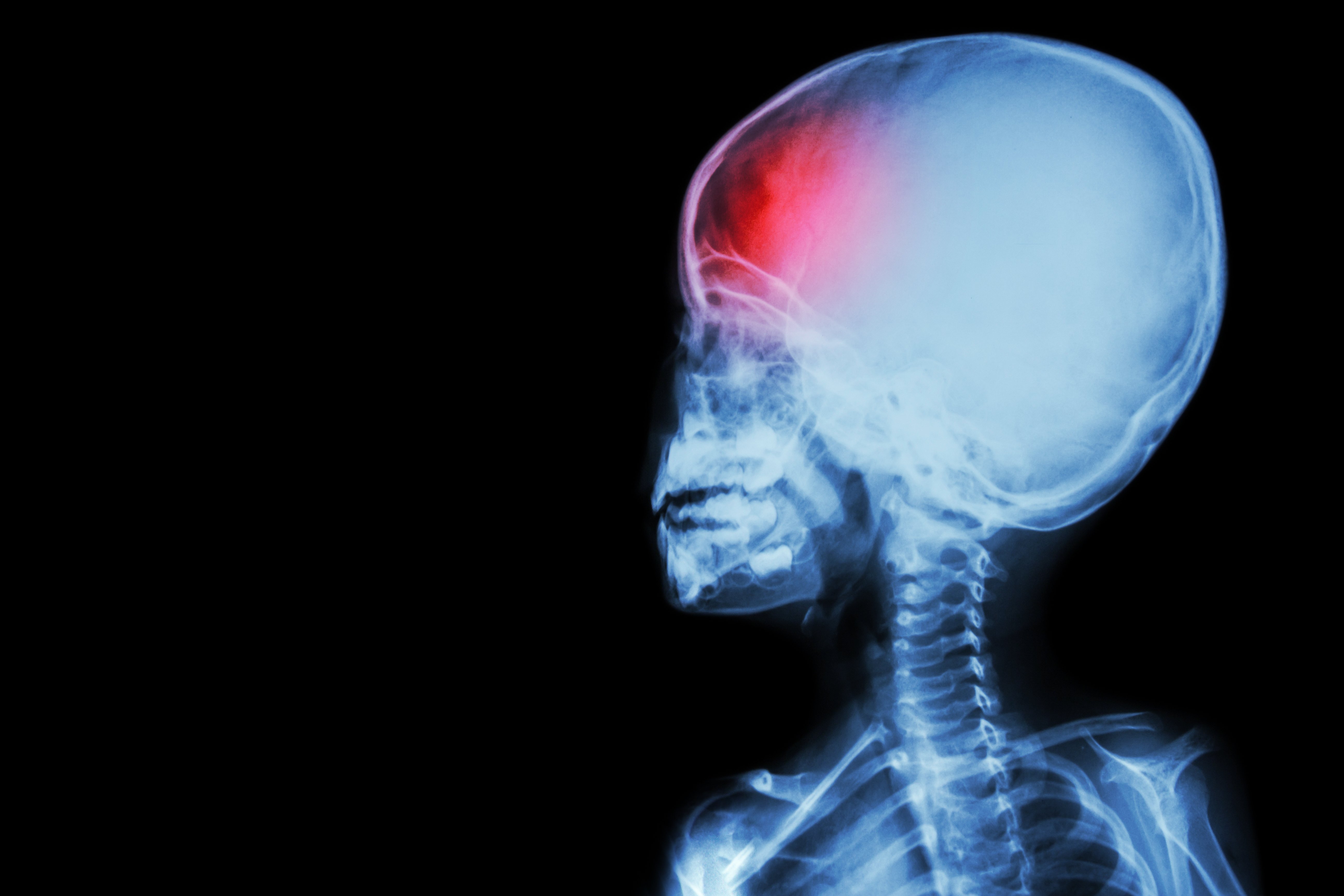 In previous concussion blogs I have brought up aspects of how to prevent concussions from happening. The American Medical Society for Sports Medicine clearly pointed out in their position statement from 2013 that neither helmets nor mouth guards protect you from concussions. Helmets protect your skull from getting cracked but the brain will still smash into your skull when you get hit. Mouth guards are for dental protection. The AMSSM concludes that the best way to prevent concussions in sports is to change the behavior on the field and to change the rules to reduce the impact.
In previous concussion blogs I have brought up aspects of how to prevent concussions from happening. The American Medical Society for Sports Medicine clearly pointed out in their position statement from 2013 that neither helmets nor mouth guards protect you from concussions. Helmets protect your skull from getting cracked but the brain will still smash into your skull when you get hit. Mouth guards are for dental protection. The AMSSM concludes that the best way to prevent concussions in sports is to change the behavior on the field and to change the rules to reduce the impact.
As an individual you can now monitor how well you are doing by using novel smart technologies such as embedded head-impact sensors in your mouthguard. Awareness of head-impact will make you adjust properly, and ultimately, hope that most violent games will change.
Until then, we need to know what to look for if you suspect a concussion, especially if you play sports like football, ice hockey, lacrosse and field hockey. A research team from Virginia Tech showed that a high school football player receives 565 hits/season on average; 5% of which are over 50G. We also know that all the “minor” hits can accumulate over time. So, as a player, coach or parent you need to be alert and look for symptoms.
These are signs CDC suggests you should look for in a player that could signal a concussion:
And these are the more severe symptoms a player with a clinical concussions may have:
Many of these signs and symptoms occur right after the hit to the head, but they can develop hours or even days later. You can also accumulate hits that matter over time, and way down the road you may start having headaches and other symptoms. This is more common in lower impact sports like basketball and soccer.
Just remember, whenever you are worried about a possible concussion you should to see a doctor.
Don’t hesitate to contact me if you have any questions
Dr Jan Akervall, M.D., Ph.D.
Founder and Inventor
SISU Mouthguards
